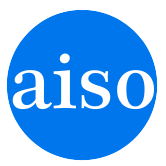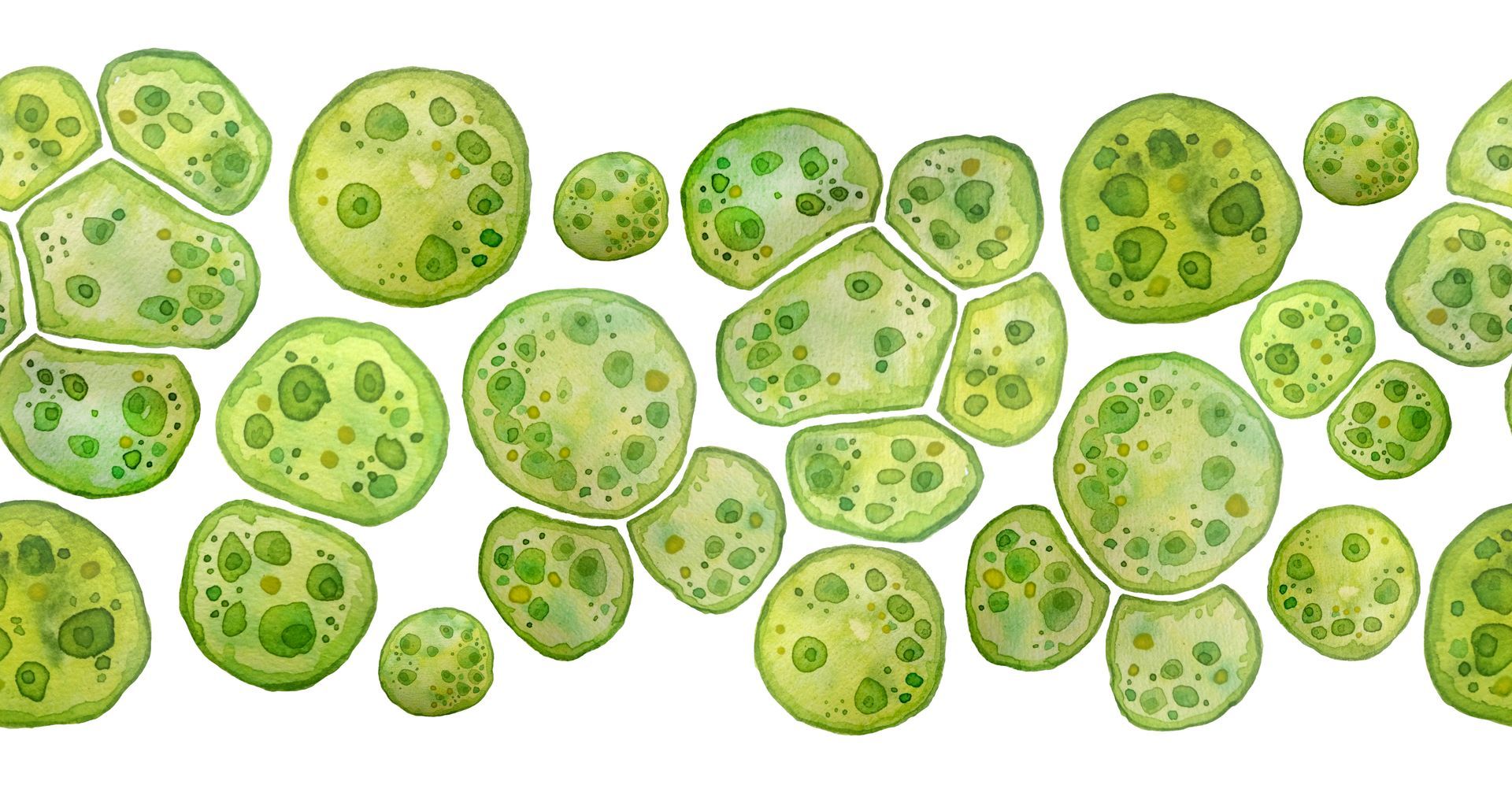Astaxanthin
(Astaxanthin) function
ITRI AstaWishes Trademark Licensing Technical Cooperation
Astaxanthin series beauty care products
Although there is "shrimp" in the name of astaxanthin, shrimp is not the main source of astaxanthin!
The main source of astaxanthin extracted by ITRI is Haematococcus Pluvialis.
After eating Haematococcus, aquatic organisms will naturally accumulate astaxanthin in their bodies. Therefore, when people first found astaxanthin in lobsters, they mistakenly thought that the source of astaxanthin was shrimp, crab and fish.
Astaxanthin is also known as astaxanthin and phycoerythrin.
green algae
Haematococcus pluvialis are tiny microalgae
This picture is what it looks like under a high power microscope
Microalgae turn green in the right environment





